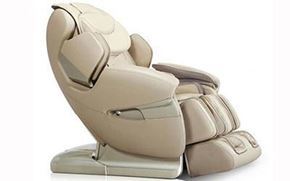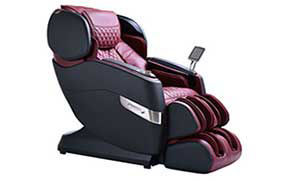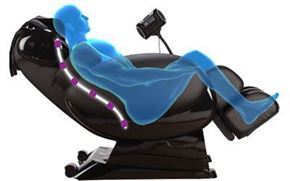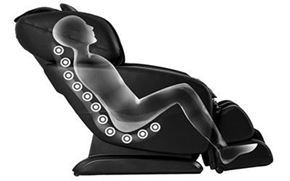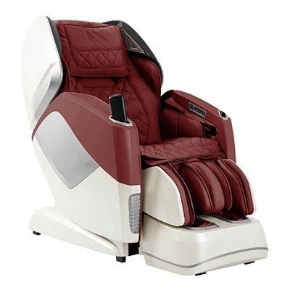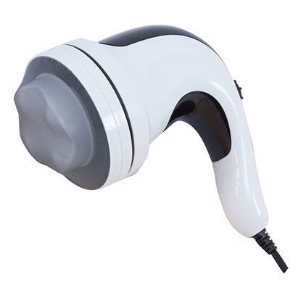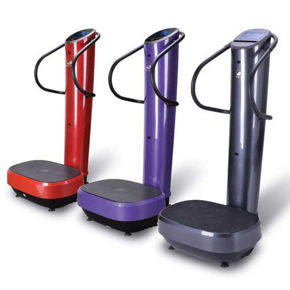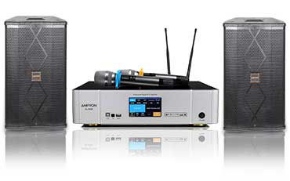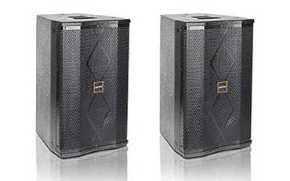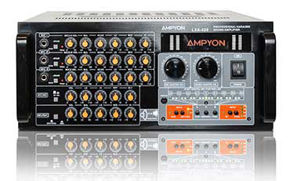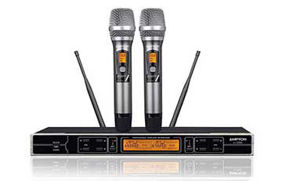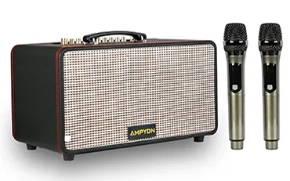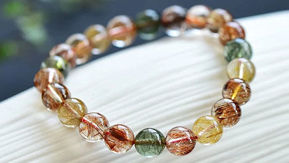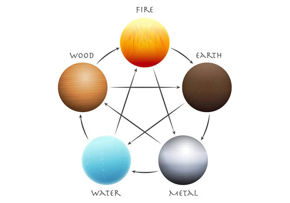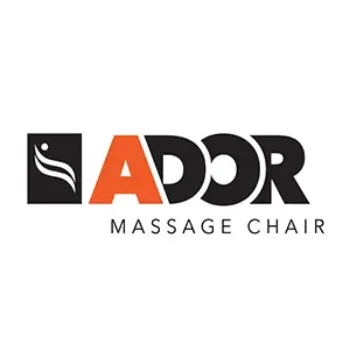Wondering how many watts for karaoke you actually need? This guide translates specs into plain English, gives you a simple formula you can trust, and includes a practical power & room‑size chart you can bookmark and link to.
TL;DR
- For most living rooms (10–25 m²), 80–150 W RMS per channel @ 8Ω is plenty with normal sensitivity speakers (87–90 dB), plus a subwoofer if you want fuller bass at lower main‑speaker power.
- For dedicated KTV rooms (20–40 m²), aim 150–300 W RMS per channel @ 8Ω, or 200–400 W @ 4Ω if the speakers are 4‑ohm rated.
- Louder parties / bigger rooms need more **headroom**. Doubling power adds only **+3 dB**; speaker sensitivity matters as much as watts.
- Start with a **target SPL** near the audience: karaoke feels great around **80–90 dB(A)** average with short peaks below **100–105 dB(A)**.
Why “watts” aren’t the whole story
“How many watts for karaoke?” is the right question, but watts only tell you potential power. Loudness in the room comes from speaker sensitivity, distance, how many speakers/subs, and room acoustics. That’s why a 100 W amp on efficient speakers can sound louder than a 300 W amp on inefficient ones.
RMS vs Peak vs PMPO (ignore marketing noise)
- RMS/Continuous: the honest number for power you can run all night.
- Program/Music: typically ~2× RMS; short‑term musical content.
- Peak: instantaneous burst rating; not useful for comparing systems.
- PMPO: marketing fiction. Always compare RMS/continuous.
Speaker sensitivity & how power becomes loudness
Sensitivity (e.g., “89 dB @ 1W/1m”) tells you how loud the speaker is with 1 watt at 1 meter. Every time you **double power** you gain about **+3 dB**. As you move farther away, the level drops roughly **−6 dB per distance doubling** in free space (rooms soften this a bit).
SPL at listener (dB) ≈ Sensitivity (dB @1W/1m) + 10·log10(Power in W) − Distance loss (≈ 20·log10(distance in meters) vs 1 m) + Room gain (~0–3 dB typical)Choose your loudness target (SPL) for karaoke
- Comfortable average: 80–90 dB(A) at the main listening position.
- Short peaks: keep under 100–105 dB(A) to avoid fast fatigue.
- Bass impact: use a subwoofer so your mains don’t need huge watts to carry the lows.
Power & Room‑Size Chart (bookmark this)
The chart below assumes two main speakers (2.0). If you add a subwoofer (2.1), you can often choose the lower end of the range because the mains no longer work hard in the bass.
| Room size (m² / ft²) | People | Speaker sensitivity | Config | Target SPL at seat | Recommended amp power (per ch, RMS @ 8Ω) | Total system RMS (approx.) | Notes |
|---|---|---|---|---|---|---|---|
| 8–12 m² / 86–130 ft² (small bedroom) | 2–4 | 88–90 dB | 2.0 / 2.1 | ~80–85 dB(A) | 50–80 W | 100–160 W | With 2.1, lean to 50–60 W/ch. |
| 12–20 m² / 130–215 ft² (living room) | 3–6 | 87–90 dB | 2.0 / 2.1 | ~83–88 dB(A) | 80–150 W | 160–300 W | Sub recommended for fuller vocals & backing tracks. |
| 20–30 m² / 215–323 ft² (large living / den) | 5–8 | 87–90 dB | 2.1 | ~85–90 dB(A) | 120–200 W | 240–400 W + sub | Higher end if speakers are < 88 dB sensitivity. |
| 30–40 m² / 323–430 ft² (small KTV) | 6–12 | 88–92 dB | 2.1 / 2.2 | ~85–90 dB(A) | 150–300 W | 300–600 W + subs | Consider 4Ω capable amps & robust cooling. |
| 40–60 m² / 430–645 ft² (medium KTV) | 10–18 | 89–93 dB | 2.2 | ~85–90 dB(A) | 200–350 W | 400–700 W + subs | Prefer pro karaoke speakers ≥ 90 dB. |
| 60–90 m² / 645–970 ft² (large KTV) | 15–25 | 90–95 dB | 2.2 or 4.2 | ~85–90 dB(A) | 300–500 W | 600–1000 W + subs | Multiple amps/zones; add front fills if needed. |
Tip: If your speakers are unusually efficient (e.g., 94–96 dB), you can shave ~30–40% off the wattage. If they’re inefficient (85–86 dB), plan for ~40–60% more.
Match amp & speakers (impedance, headroom, subs)
- Impedance: If your speakers are 4Ω, verify the amp is stable at 4Ω and quote power at that load. Many amps deliver ~1.5–1.8× the 8Ω wattage into 4Ω.
- Headroom: Choose an amp that can deliver **~2× the speaker’s RMS** for clean peaks, while staying below the speaker’s program rating.
- Subwoofers: A powered sub removes low‑bass work from mains, so you can use smaller amps on the mains and still feel the music.
- Protection: Use high‑pass filters on the mains and limiters if available. Avoid clipping; distortion is what kills drivers.
Quick calculation method (with examples)
Use this to sanity‑check how many watts for karaoke in your room:
Needed SPL at seat ≈ 85–90 dB(A) Speaker sensitivity S (dB @1W/1m): use spec (e.g., 89 dB) Listening distance D (m): measure from speaker to seat
Power (W) ≈ 10^((Needed SPL − S + 20·log10(D) − RoomGain)/10)
• RoomGain ~ 0 to 3 dB (use 0 for conservative result)Example: S = 89 dB, D = 2.5 m, target = 88 dB, RoomGain = 1 dB
Power ≈ 10^((88 − 89 + 20·log10(2.5) − 1)/10) = 10^((−1 + 7.96 − 1)/10) ≈ 10^(5.96/10) ≈ 3.93 W (per speaker)That tiny number surprises people—because average speech/music doesn’t need huge continuous power. The catch is headroom for peaks (10–20 dB above average) and bass. That’s why amps of 50–200 W/ch are practical: they stay clean on peaks, and they give you margin for loud tracks or bigger crowds—especially if you’re not using a sub.
FAQ
- Is 100 watts enough for karaoke?
- In a small–medium living room with average‑sensitivity speakers, yes—especially with a sub. For bigger rooms or party‑level loudness, aim higher.
- Do I need the same watts for 4Ω and 8Ω speakers?
- No. Amps deliver more power into 4Ω if they’re designed for it. Always check the amp’s rated power at your speaker’s impedance.
- What matters more, watts or sensitivity?
- Both. A +3 dB sensitivity increase equals doubling power. A 92 dB speaker on 100 W can rival an 89 dB speaker on ~200 W.
- Should I buy a bigger amp “just in case”?
- Yes—within reason. Extra clean headroom is safer than clipping. Don’t exceed your speaker’s program/peak ratings.
Related reading (internal link)
New to loudness terms like dB, SPL, and LUFS? Read our companion guide: dB vs dBFS vs SPL vs LUFS — What each means and how it affects karaoke.
Conclusion
There’s no single magic number for how many watts for karaoke. Start from the loudness you want at the seat, factor in speaker sensitivity and distance, and pick an amp with ample clean headroom. For most homes, 80–150 W RMS per channel (with a sub) is perfect; KTV rooms benefit from 150–300+ W per channel and dedicated subs. Use the chart as your quick reference, and enjoy singing with clarity—without ear fatigue.

